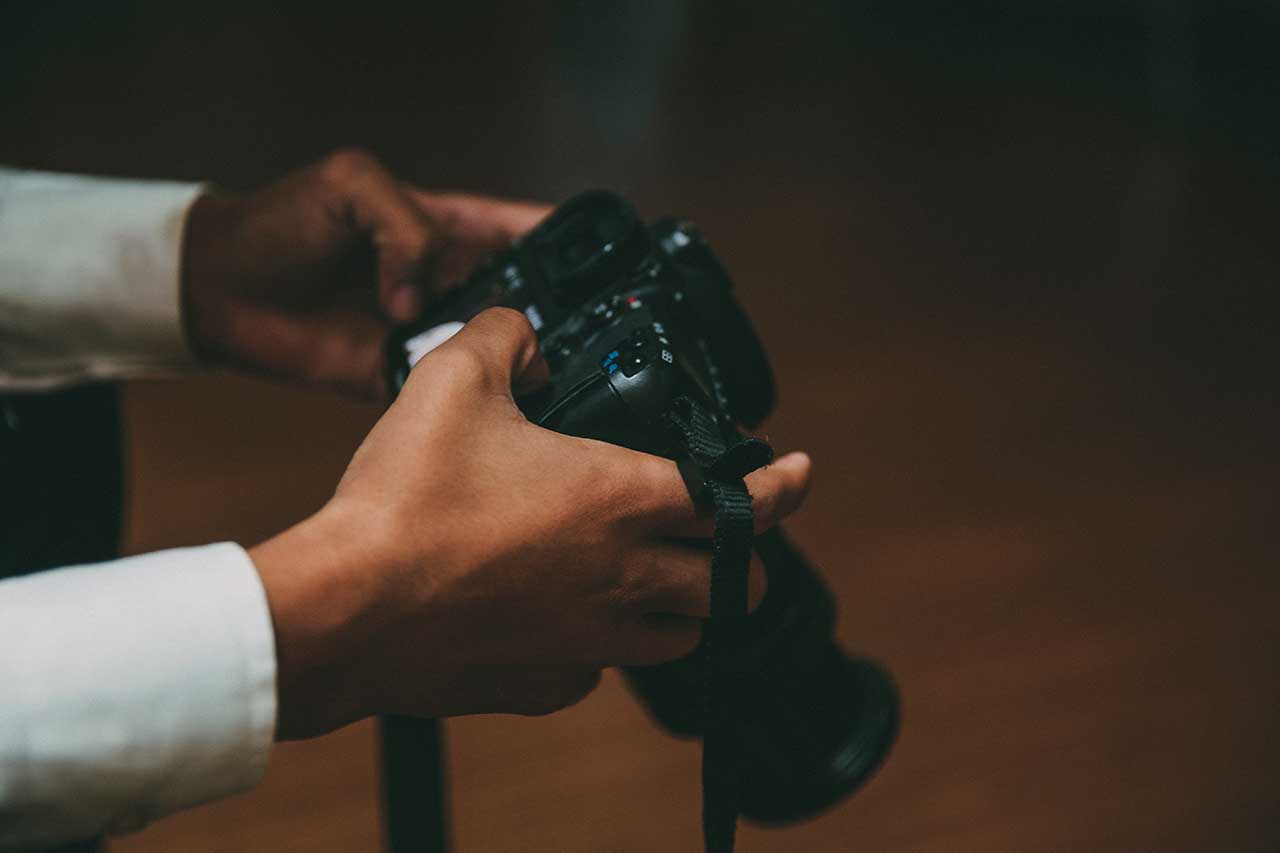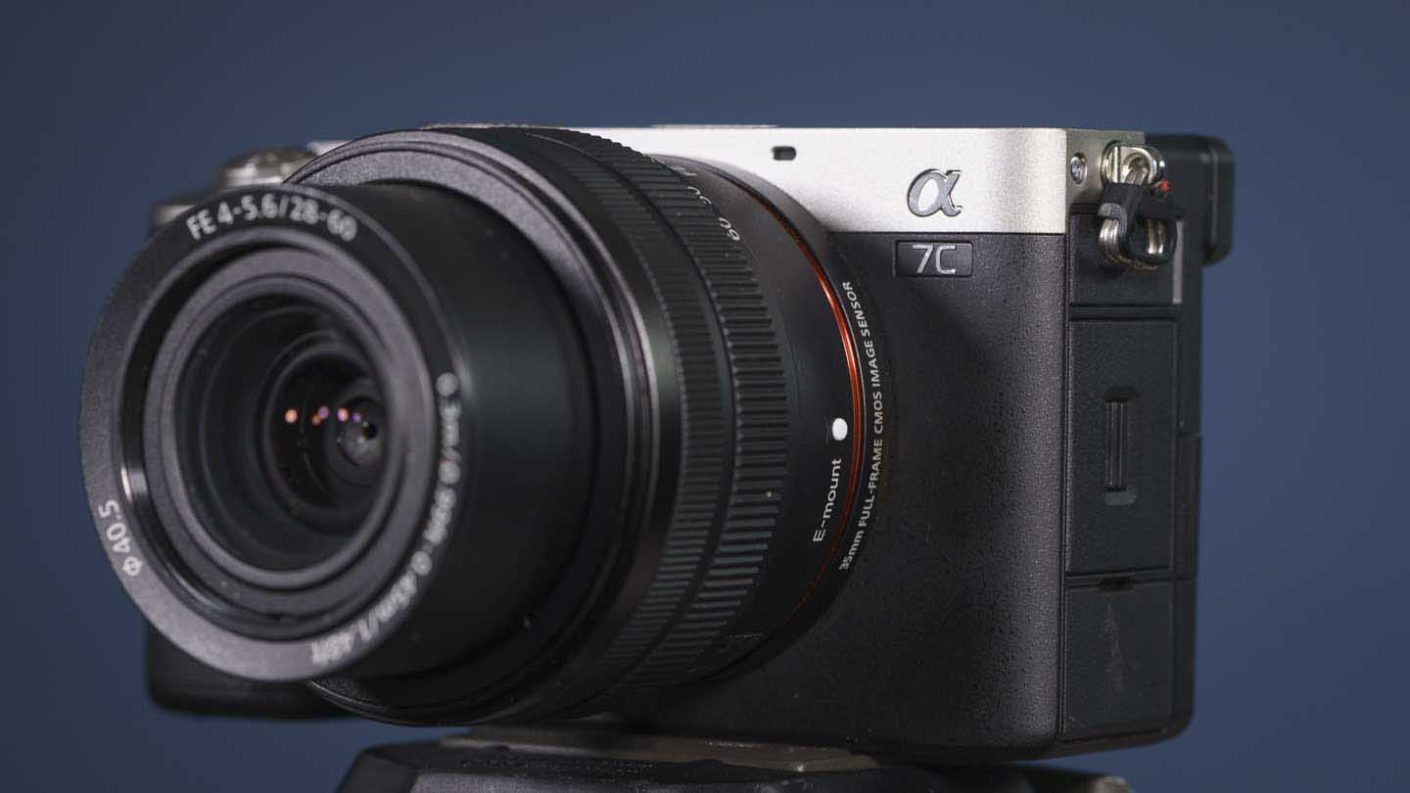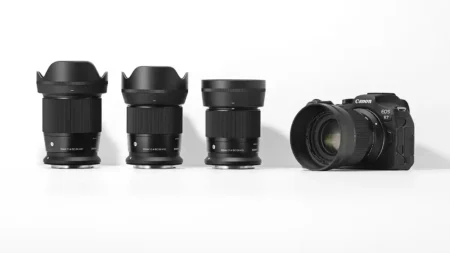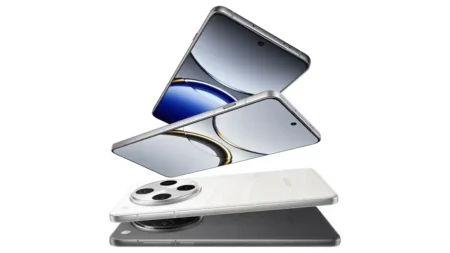So you’ve just bought your first DSLR or mirrorless camera? You might be asking yourself… now what?
Buying your first serious camera, whether it’s a DSLR or a compact system camera (CSC) is very exciting, but it can be intimidating trying to understand all of those new controls. In this beginner’s tutorial we’ll outline how to set up your new camera so that you’re ready to hit the ground running.
A newbie’s guide to DSLRs and mirrorless cameras
01 Memory card
When you pop a memory card into a new camera for the first time it’s good practice to format the card so that any images already stored on it are deleted. This will ensure your memory card ready to work in your new camera.
Just press the menu button, locate the Format option and follow the on-screen directions.
02 Set the image quality and size
You want to get the best from your new camera, so use the camera’s menu system to set your image quality to Extra Fine or Highest Quality JPEG, and then set the size to Large.
You may be thinking, won’t this take up more room on the memory card I just formatted? And the answer is yes! You’ll burn through more storage space, but isn’t the reason you upgraded to a DSLR or interchangeable lens camera because you wanted to take better quality images?
You can also try your hand at processing raw files, if you want, which offer more detail and quality. And your camera should be supplied with raw conversion software that’s compatible with your camera’s files.
You can also use third-party image-editing software, such as Capture One Pro or Photoshop Elements, but you will need to make sure that your camera’s raw files are supported.
You can even set your new camera to shoot raw and JPEG images simultaneously. We’d recommend at this stage that you don’t just shoot raw files exclusively.
Raw files capture more data than JPEGs, but if you want to share them with others you’ll have to convert them to a universal file format like JPEG or TIFF.
SEE MORE: What is a raw file in photography?
03 Sensitivity
Adjusting the sensitivity, or the ISO setting, determines how much light your camera needs to take a photo.
High sensitivity settings such as ISO 6400 are handy for shooting in low-light conditions, but the higher your ISO setting, the more noise will creep into your images. However, low settings in the ISO range produce the best-quality images but can only be achieved when there is lots of light.
In these early stages of your photographic journey it’s probably best to set your camera’s sensitivity to automatic and let the camera decide which is best.
SEE MORE: 9 photo techniques you can use everyday

04 White balance
Like with sensitivity, your new camera’s automatic white balance (AWB) setting is probably the best starting point at this stage. Your camera is generally pretty accurate and should produce images with natural colours and neutral tones in most types of conditions.
Once you’ve grown more confident with using your camera’s controls you can begin to experiment with the white balance settings that are designed for specific lighting conditions. You can even take full control and try setting a manual value!
05 Metering
We recommend setting your camera to its Evaluative, Matrix or Multi-zone/segment metering, which is a good general-purpose mode that will suggest the most practical exposure settings in most conditions.
SEE MORE: How to use spot metering for more accurate exposures
06 Focus
You can automatically focus the lens on your new camera by using the camera’s autofocus (AF) system, or you can take more control and focus manually by rotating the lens’s focus ring with your hand.
In its AF mode the camera will try to focus on whatever subject is sitting under the selected AF point. At this stage we suggest setting your camera to its Single AF mode. This setting focuses your lens when you half-press the shutter release button.
Auto AF mode is also useful as the camera will switch to continuous AF mode if it detects the subject is moving.
07 Drive mode
Your drive mode is an important control for when you’re photographing a moving subject. Setting the drive mode to its continuous shooting setting will enable you to take a sequence of images in quick succession.
For as long as you keep the shutter release button pressed down (or until the buffer or card becomes full) the continuous shooting mode will allow your camera to keep firing the shutter.
Likewise, if you want to capture just one image at a time – which you probably will in most situations – set the Single-shot mode.
SEE MORE: Drive Modes Explained: when and how to use them
08 Exposure mode
This is perhaps your most important setting. Setting your new camera to Automatic (Auto) or Program exposure mode instructs it to decide which shutter speed and aperture settings are best given the light and conditions. This can be a great option for beginner photographers who want to concentrate solely on getting their composition right.
However, if you want to take more control over your exposure you might want to try one of your camera’s Scene mode options, such as Portrait, Landscape or Sport. These modes which will tailor your exposure and colour settings to better suit the subject.
Over time, as you grow more confident and accustomed to your camera, you might want to take even more control by using options like your aperture and shutter priority modes.
In aperture priority mode you set the aperture while the camera determines the best shutter speed.
It’s worth remembering that setting a small aperture (which is represented by a large f/number, such as f/22) creates lots of depth of field, which mean a lot of your image will be in focus.
However, a large aperture (which is represented by a small f/number, such as f/2.8) provides restricted depth of field so that only a small section of the image on either side of your main focal point is sharp.
Using the same principle as Aperture priority, your Shutter priority mode lets you set a desired shutter speed, for example to freeze a fast-moving subject, and the camera then determines the appropriate aperture setting.
And finally, in Manual exposure mode you take total control and set both the shutter speed and aperture. On your Live View screen or in your viewfinder you will find the camera’s meter indicator to help guide you. Generally, you want the meter indicator to rest in the middle to provide an even exposure.
READ MORE
10 digital camera tips, tricks and truths you may not have known
6 beginner photography techniques you can use forever



